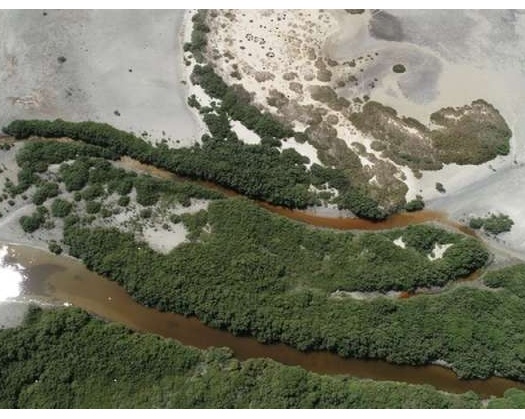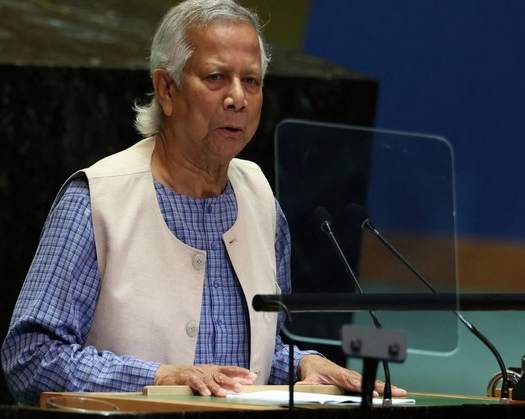Muscat: The Al Wusta Wetlands Reserve in the Sultanate of Oman has been formally recognized by the Ramsar Convention for its inclusion on the List of Wetlands of International Importance.
Following the Al Qurm Nature Reserve (2013) and Al Ansab Wetlands (2020), this is the third Omani location to be added to this exclusive list.
This accomplishment was made public during the 15th Conference of the Ramsar Convention's Contracting Parties (COP15), which is taking place in Zimbabwe with the topic "Protecting Wetlands for Our Common Future" and will continue until July 31.
This formal international recognition is the result of Oman's efforts in biodiversity conservation and its dedication to enforcing global environmental standards for the preservation of vulnerable ecosystems. It also emphasizes the reserve's significance as one of the most ecologically important locations in the world as well as in the area.
The Al Wusta Wetlands Reserve is characterized by its unique ecosystems, such as coral reefs, salt flats, seagrass beds, and mangrove forests (Oman's biggest intact concentration, spanning 162 hectares). It also serves as a nesting area for threatened sea turtles like the Olive Ridley and Green Turtle.
About 81% of the entire 714,213-hectare Al Wusta Wetlands Reserve, which is recognized under the Ramsar Convention, is made up of a distinctive ecology that combines endangered species with vulnerable natural habitats.
Each year, the reserve receives more than half a million waterbirds, making it the most popular location in the Middle East for wintering birds. This comprises 23 species, such as gulls, plovers, and flamingos, that make up more than 1% of all migrating birds between Asia and East Africa. The reserve also sustains 80 species of worldwide significance and is home to uncommon and threatened marine species such the Arabian Humpback Whale and dolphins.
The Ramsar Convention's nine standards have all been satisfied by the reserve. Notably, it provides habitat for threatened species (such as whales and turtles), contains unique ecological systems (such as mudflats and salt pans), and functions as a key location for fish reproduction and sustenance.
The reserve is a popular ecotourism destination for people who enjoy birdwatching and wildlife viewing, which supports tourism that is sustainable. It also supports the national economy with environmentally responsible investment projects that meet international criteria for sustainable resource use.
The reserve became a focal point for research on waterbirds in the 1980s, and in November 2023, the Environment Agency formally designated it as a Ramsar site.













